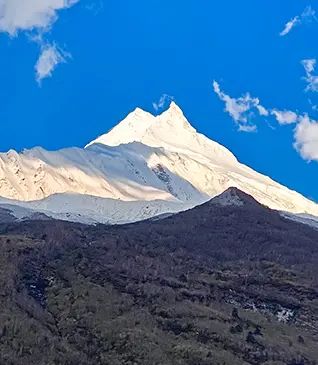Chadar Trek in the Zanskar valley is a very unique trek. The thrilling walk on the frozen river at subzero temperatures poses quite a few challenges for the trekkers. The beauty of the trek lies in the trail that meanders through the mesmerizing ravines and overwhelming canyons of the Zansker Valley. To enjoy this trek fully, it is important to understand and follow a few points.
1. Clothes: Enough, But Not too Much!!
It’s quite normal to experience subzero temperatures in the Zanskar Valley. Your body will get used to the cold while walking due to exertion. But the real challenge is at the campsite, when you’re not exerting. The cold gets to your bones. So, ensure that you’re covered in layered clothing. Woolen thermals, warm sweater or trekking jackets are a must. Down jackets are expensive yet worth every penny.
2. Footwear: Hiking shoes + Gumboots
At occasions, trekking on the Chadar involves wading through knee-deep cold water. Though hiking shoes are highly recommended, gumboots help keep your shoes and feet secure from the icy cold water. It is practically impossible to dry anything at Chadar, so gumboots are a compulsory and a crucial addition to the footwear.
Due to subzero temperatures, sandals or slippers are of no use around the campsite. So skip them, and keep your feet safe in hiking shoes, at all times.
3. Cold is a State of Mind, So Overcome it Mentally

Leh, in winter is cold with temperatures dropping to as low as -20 degree Celsius and never rising above 0-3 degree Celsius. Throughout the Chadar Trek, you will be trekking, eating, and sleeping in sub-zero temperatures. The body takes time to adjust to the cold, so keep telling yourself that it is not very cold. Strengthen your mind and let your body be defeated by the cold. Be strong and act strong.
4. Slipping, Falling and Mild Shoe Bites all Part of the Experience
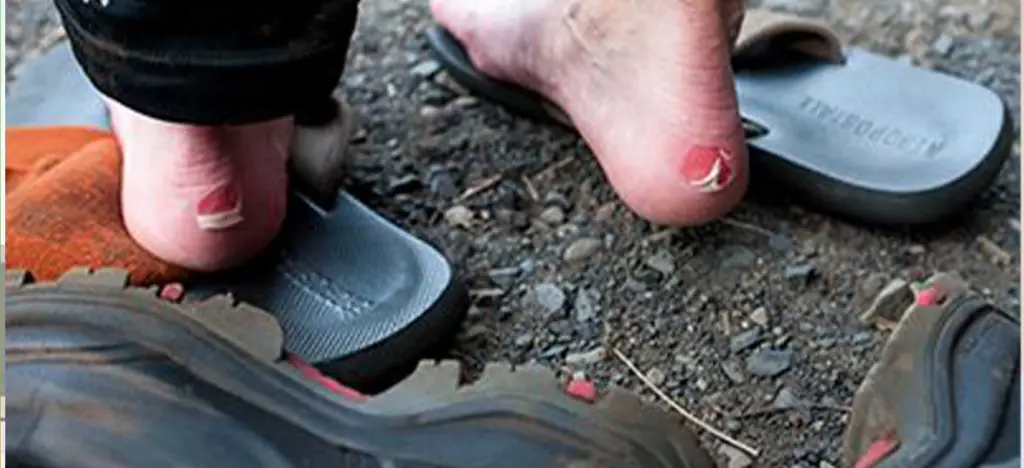
The Chadar is a glossy, slippery sheet of ice and will never let you walk carelessly. But no matter how careful one is, everyone falls and slips more than once on the Chadar. Walk in areas where there is fresh snow on the sheet of ice. If you fall, just get back up by rolling on your knees and keep walking with confidence. Gumboots might give you shoe bites, but you’ll get used to it as you walk.
5. See - Learn - Do
The locals of the Zanskar Valley walk with long strides and sometimes even run over the Chadar and through the river. They can analyze the Chadar and know where the weak spots are and where it is safe to walk. Sometimes they check the strength of the Chadar with a thump of a stick. So follow their path and observe their walking style. Who knows …some other time you might be guiding your friends on the Chadar.
6. Protect your Fingers and Toes
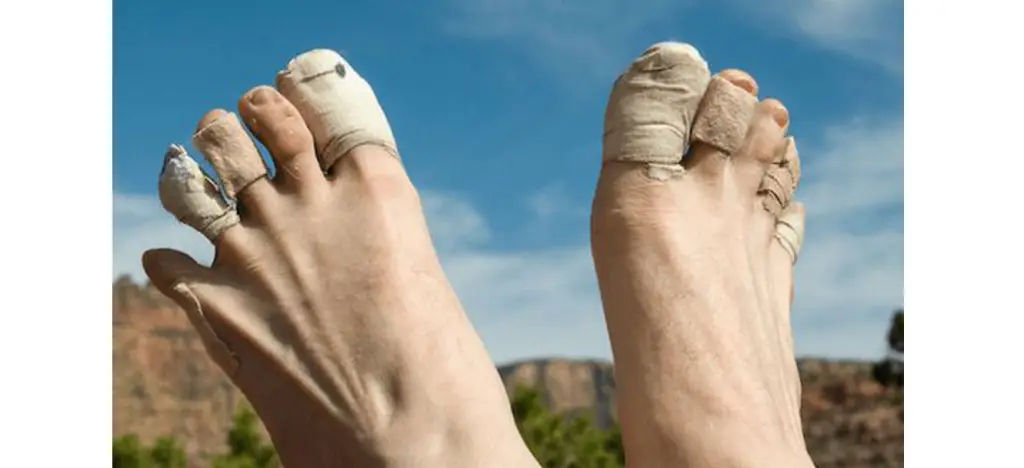
In sub-zero temperatures, the extremities of the body, like the fingers, toes and the nose tip are most vulnerable to cold. Your fingers and toes might freeze and ache when you’re at the campsite. Carry waterproof woolen socks and gloves. An extra pair of socks would help as they gather moisture while wearing gumboots.
7. Carry Warming Pads
Warming pads are very helpful for those who feel cold sooner than others. These are exothermic pads to be slipped in your gloves and socks. They release heat and keep you warm for up to 10 hours.
8. Sleeping Bags
.webp)
Trek the Himalayas provides two sleeping bags (outer and inner) to every trekker to counter the subzero temperatures. If you’re carrying your own sleeping bag, ensure that it has a temperature rating of -25 degree Celsius or less. A sleeping bag liner would also add to the warmth and comfort.
9. Carry a good thermos flask
.webp)
Water freezes faster in sub-zero temperatures when kept in normal trekking water bottles. To avoid freezing and to enjoy hot water given at camps, bring along a travel size metal flask.
10. Leave no trace
The Zanskar region is one of the most pristine and fragile eco-systems in the world. It faces a threat every year with rising number of trekkers and human activity. As responsible trekkers, it is entirely up to each one of us to keep the valley clean. Firstly, do not litter on the trail or on the campsite. Secondly, if you spot any wrapper strewn around, pick it up and drop it in the trash bins at the campsite.
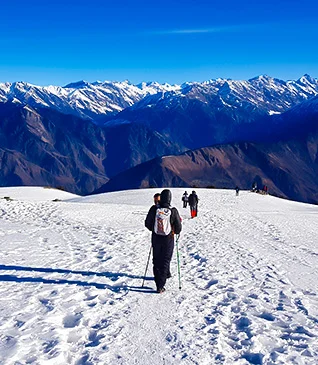
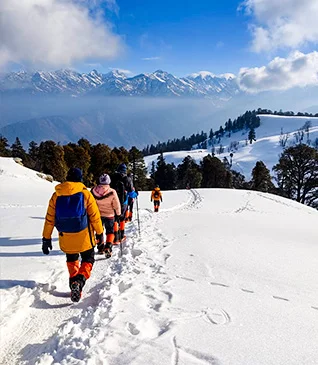
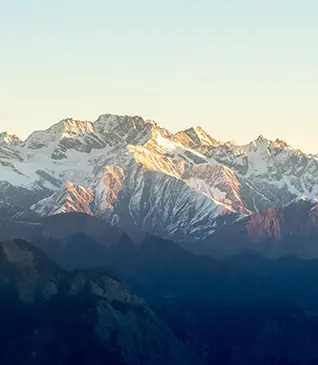
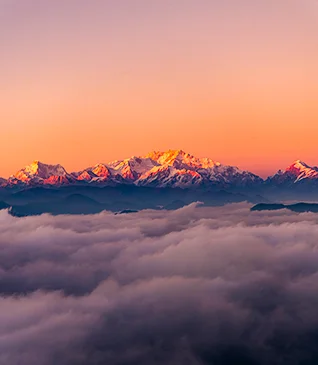
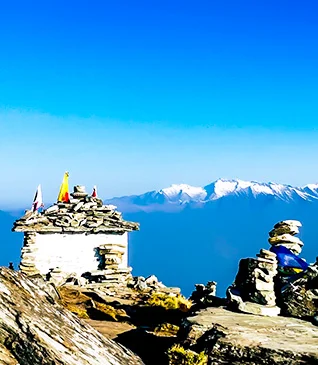
.webp)
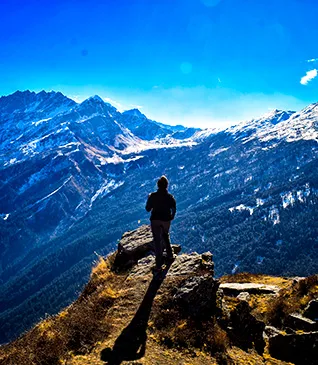
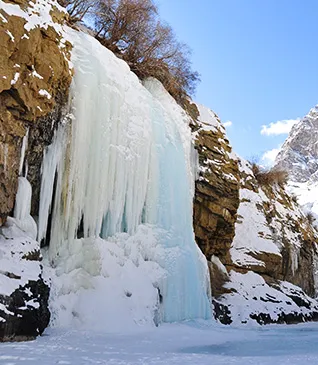
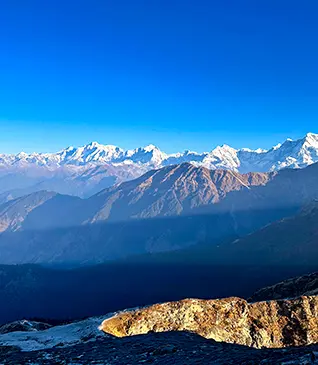
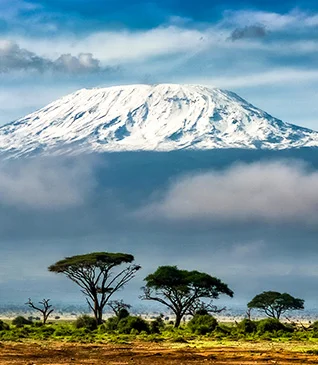
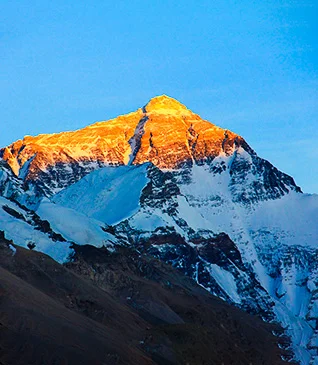
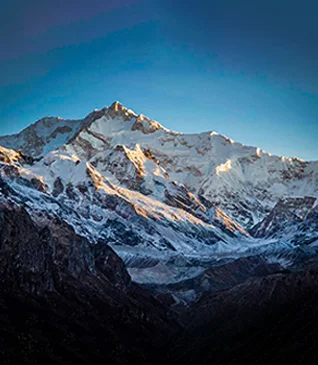
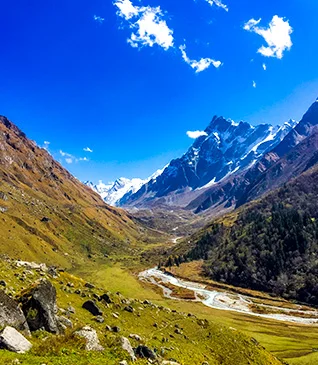

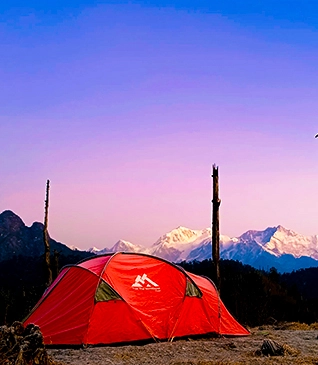
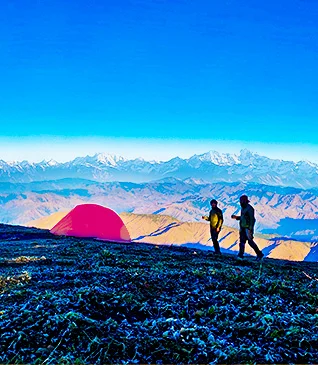
.webp)
